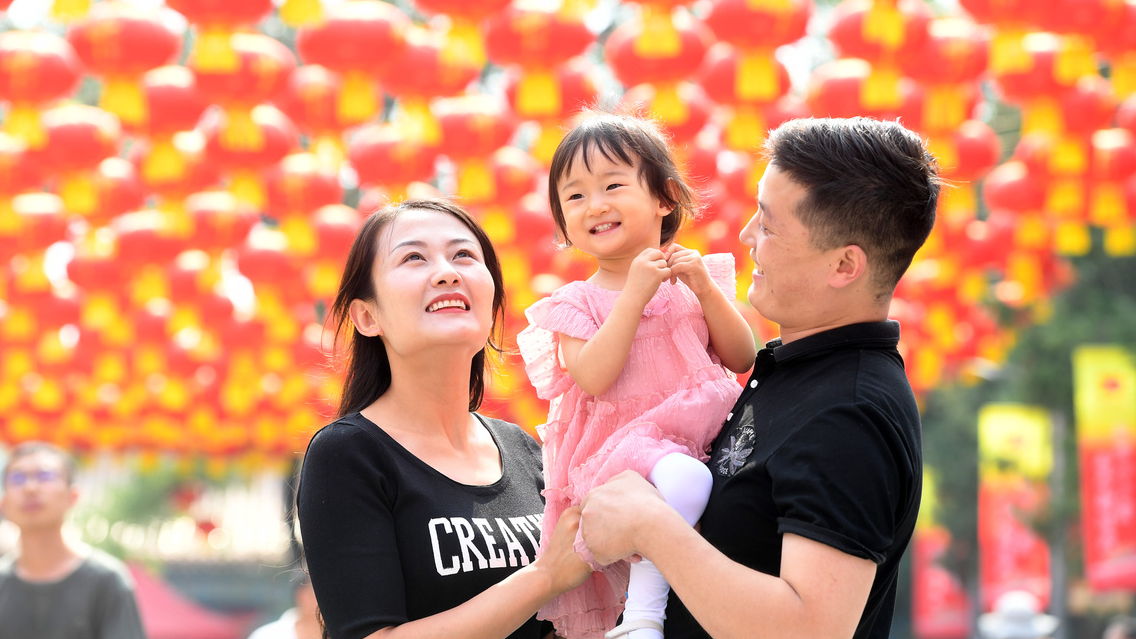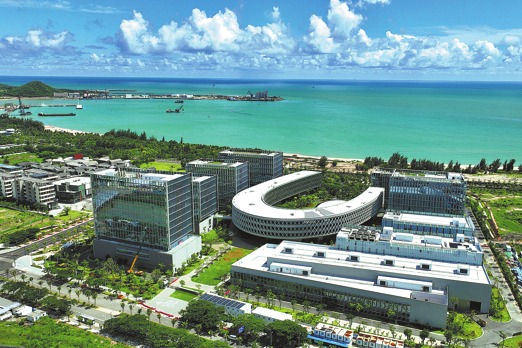Beijing now in position to deal with demographic challenges


Editor's note: The declining fertility rate is a challenge to China's economic and social development, but the central authorities are making big efforts to meet the challenge, writes a veteran journalist with China Daily.
Over the past decade, not only did China's GDP more than double but also many economic and living indexes increased remarkably. During the same period, however, two indexes significantly declined, evoking mixed reactions from the Chinese people.
The first decline was in the air and water pollution index thanks to the government's consistent efforts, which enabled citizens to enjoy fresh air, blue skies and cleaner water. While people have welcomed the downhill trend of the air and water pollution index, they are worried about the decline in the total fertility rate.
China's fertility rate has been continuously falling over the past few years, with the overall fertility rate dropping below 1.3 last year, according to a recent National Health Commission report. According to the United Nations Population Division, a total fertility rate of 2.1 is called replacement level fertility.
Replacement level fertility is the total fertility rate at which a woman gives birth to enough children to sustain population levels. If replacement level fertility is maintained over a long period, each generation will exactly replace itself.
China experienced a baby boom in the 1960s and 1970s when its population increased by 100 million every five years. To contain the rapid population growth, the authorities implemented a one-child family planning policy, according to which most of the couples could have just one child. But when population growth fell well below the replacement fertility rate, the authorities eased the family planning policy in 2016, allowing all couples to have two children.
But the easing of the family planning policy didn't result in the expected baby boom. So the central authorities further relaxed the family planning policy last year, encouraging all couples to have three children. Although it is difficult to predict the long-term results of the policy, few observers expect a baby boom, because many young couples today choose to get married late, have just one or no child, and the already high divorce rate has been increasing.
China's population grew by only 480,000 in 2021, the lowest in the past 60 years, prompting many experts to say that China's population growth could turn negative in a couple of years. In fact, 11 of China's 31 provincial-level regions reported negative population growth last year.
Realizing that a low fertility rate could pose a big risk to China's balanced population development, governments at all levels have taken a series of measures to increase the fertility rate.
In August, 17 central government departments, including those responsible for healthcare, economic development, education, housing and rural development, jointly released a guideline to boost the fertility rate. Almost all the mature policies adopted by many other countries to boost population growth are included in the guideline, including supportive measures in fields such as education, housing, insurance, employment, and tax deductions.
According to the new policy, more low-cost public services will be provided for parents — many of whom now pay up to several thousand yuan a month to send their kid to a nursery — to ease the financial burdens of new parents. Also, kindergartens have been asked to admit children from the age of two instead of three at present, so new mothers could rejoin work at an earlier date.
Besides, beneficial housing policies have been introduced to ease the burden of families with two or three children, including low-interest housing loans and preference in getting low-rent housing, and maternity leave is likely to be extended to help employees balance work and family.
The guideline also encourages employers and employees to negotiate a flexible working mechanism, including work from home or adjustable working hours, to help new parents to take care of their young children.
These are but some of the measures taken and proposals given by the central authorities to address the problems faced by new parents, especially those with two or three children, in order to boost the total fertility rate.
And in implementing the measures, special attention should be paid to protecting women's working rights and ensuring their career development is not compromised.
The author is former deputy editor-in-chief of China Daily.
kangbing@chinadaily.com.cn
If you have a specific expertise, or would like to share your thought about our stories, then send us your writings at opinion@chinadaily.com.cn, and comment@chinadaily.com.cn.


































